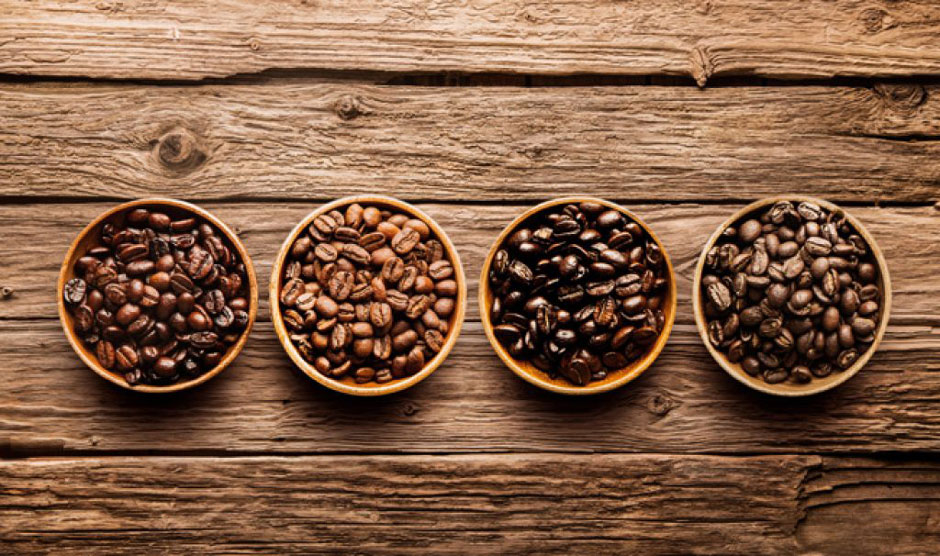Coffee, for many of us, is the golden elixir that kickstarts our mornings and keeps us going throughout the day. The aromatic brew has captivated hearts and minds worldwide, and a veritable ocean of knowledge and expertise surrounds it. One of the most intriguing facets of this beloved beverage is the concept of “single origin” coffee and the noticeable variation in taste depending on its geographical origin.
This comprehensive guide will deeply dive into understanding why the taste of single-origin coffee varies significantly from region to region. You will also explore aspects like climate, soil, altitude, coffee species, processing methods, and human influence that contribute to the unique flavour profiles of different single-origin beans.
Single Origin Coffee – A Brief Overview
Single-origin coffee refers to coffee beans sourced from a single known geographical location. This could be a single farm, a specific region within a country, or a whole country in itself. The primary appeal of single-origin coffee lies in its distinct flavour, often reflecting its place of origin. These coffees provide a unique tasting experience, different from blended coffees, which combine beans from different locales to create a balanced flavour profile.
The Role of Terroir in Coffee Flavor
Terroir refers to the combination of factors, including soil, climate, and sunlight, that gives wine, coffee, and other agricultural products their unique taste and flavour.
Climate and Weather Conditions
Climate significantly influences the taste of coffee. Countries along the equator provide ideal coffee growth conditions with consistently warm temperatures and ample rainfall. However, seasonal variations within these regions can result in different taste characteristics.
For example, regions with a clear distinction between the wet and dry seasons often produce coffee with more pronounced acidity. This is because the coffee cherries have a longer maturation period, allowing them to develop complex sugars that contribute to acidity.
Soil Composition
Soil types and compositions can greatly affect the flavours and aromas of your coffee. The minerals and nutrients found in the soil are absorbed by the coffee plant and, in turn, affect the taste of the coffee cherry and the beans within.
For instance, coffee grown in volcanic soils, such as those in parts of Costa Rica, Guatemala, and Sumatra, often have a uniquely vibrant taste due to the high mineral content of the soil. On the other hand, coffee from regions with rich, loamy soil, like Brazil, tends to have a more mellow, nutty, and chocolatey flavour profile.
Altitude
Elevation also plays a significant role in the taste of coffee. Higher altitude typically means cooler temperatures, leading to slower cherry maturation. This slow ripening process allows the cherries to develop a greater concentration of sugars, resulting in brighter acidity and more complex flavours.
Coffee grown at lower elevations matures quickly, often producing a milder, less acidic taste. As a general rule of thumb, coffees from higher altitudes are known for their brighter, more acidic profile, while those from lower elevations have a heavier body and lower acidity.
Coffee Species and Varieties
The coffee plant’s species and variety can significantly impact your brew’s taste. Two primary species of coffee beans are commercially grown: Coffea Arabica and Coffea Robusta.
Arabica is often described as having a wide range of flavours, with notes of sugar, fruit, and berries. Robusta, on the other hand, tends to be stronger, nuttier, and more bitter.
Within these two species are many varieties, each with unique flavour characteristics. For instance, the Geisha variety, primarily grown in Panama, is famed for its aromatic, floral, and tea-like characteristics, while the Bourbon variety, prevalent in Brazil and Colombia, is known for its sweet, bright, and fruity flavour.
Processing Methods
How coffee is processed after being harvested can also influence its final taste. The three main methods are:
- The wet (or washed) process.
- The dry (or natural) process.
- The honey (or pulped natural) process.
In the wet process, the coffee cherry’s pulp and skin are removed before drying, resulting in a clean taste and highlighting the coffee’s inherent characteristics. In contrast, the dry process, where the cherries are dried with the pulp and skin still attached, often results in coffee with a heavier body and more fruit-forward flavour profile.
The honey process is somewhat of a middle ground between the two, where some of the pulp is left on the beans during drying. This method can create a range of flavours, from sweet and syrupy to bright and acidic, depending on how much pulp is left and how long the beans are dried.
Human Influence and Tradition
Lastly, the human touch in the cultivation and processing of coffee can greatly shape its flavour. Each region has its farming practices, traditions, and even the roasting process, which can influence the taste of the coffee.
For example, in Ethiopia, the birthplace of coffee, traditional processing methods and heirloom coffee varieties contribute to its coffee’s distinctive bright acidity and floral notes. On the other hand, in regions like Vietnam, robusta coffee is often grown, which is usually stronger and more bitter, often used in blends and instant coffees.
Moreover, the roasting process, which can vary greatly from region to region, will also substantially impact the coffee’s flavour. Lighter roasts preserve the coffee’s original flavour, while darker roasts bring out more caramelisation and roast flavours.
Conclusion
Coffee is more than just a morning pick-me-up. It’s an experience, a taste adventure shaped by many factors, including geography, climate, altitude, soil, processing methods, and human influence. As you have explored in this article, the reason the taste of single-origin coffee varies by region is a complex interplay of these factors.
So next time you sip your morning joe, remember that each cup carries a world of flavours, a story of its origin, and the meticulous work that has gone into crafting that singular experience. And perhaps, explore the diverse world of single-origin beans- who knows what delightful flavour adventures await you in each cup.

